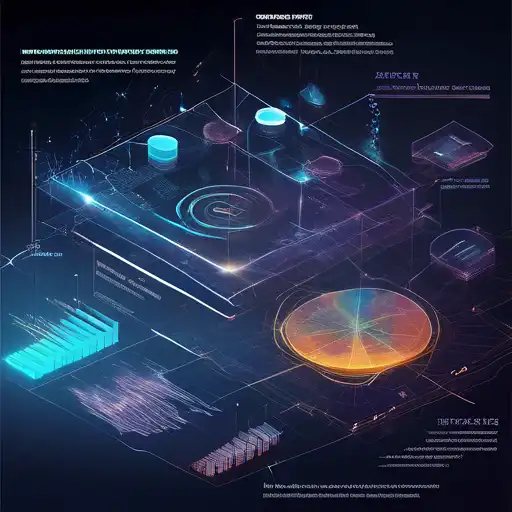Introduction to Data Visualization
In the era of big data, the ability to visualize complex datasets in an understandable and actionable manner is invaluable. Data visualization techniques enable businesses and researchers to uncover hidden patterns, correlations, and insights that might not be apparent from raw data alone. This article explores the most effective data visualization techniques that can help you gain better insights from your data.
Why Data Visualization Matters
Data visualization is not just about making data look attractive; it's about making data accessible and comprehensible. By transforming numbers and metrics into visual formats, such as charts, graphs, and maps, we can more easily identify trends, outliers, and patterns. This is crucial for making informed decisions in a timely manner.
Key Data Visualization Techniques
1. Bar Charts and Column Charts
Bar and column charts are among the simplest and most widely used data visualization techniques. They are ideal for comparing quantities across different categories. For instance, a business might use a bar chart to compare monthly sales across different regions.
2. Line Graphs
Line graphs are perfect for showing trends over time. They can help you visualize how a particular metric, such as website traffic or stock prices, changes over days, months, or years.
3. Pie Charts
Pie charts are useful for showing proportions and percentages. They can help you understand how different segments contribute to the whole, such as market share distribution among competitors.
4. Scatter Plots
Scatter plots are excellent for identifying correlations between two variables. They can reveal whether an increase in one variable leads to an increase or decrease in another, providing valuable insights into potential cause-and-effect relationships.
5. Heat Maps
Heat maps use color coding to represent data values, making them ideal for visualizing complex data sets, such as user activity on a website or performance metrics across different departments.
Advanced Data Visualization Techniques
For those looking to take their data visualization skills to the next level, techniques such as interactive dashboards, geospatial mapping, and network diagrams offer even deeper insights. These methods allow users to explore data in more dynamic and engaging ways.
Best Practices for Effective Data Visualization
- Choose the right type of chart or graph for your data.
- Keep your visualizations simple and avoid clutter.
- Use colors strategically to highlight important information.
- Ensure your visualizations are accessible to all audiences, including those with color vision deficiencies.
- Always provide context and explanations to help viewers understand what they're seeing.
Conclusion
Data visualization is a powerful tool for transforming raw data into meaningful insights. By mastering the techniques outlined in this article, you can enhance your ability to communicate complex information clearly and effectively. Whether you're a business analyst, researcher, or data enthusiast, these strategies will help you unlock the full potential of your data.
For more insights into data analysis and visualization, explore our Business Intelligence section.
